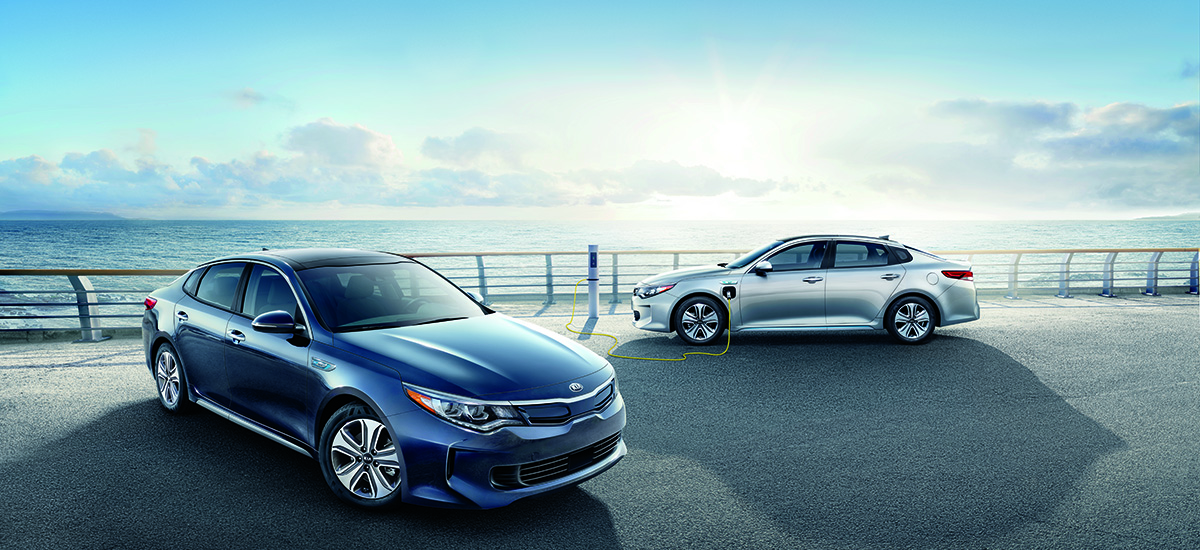
 Your Credit Estimate
Your Credit Estimate
 Your Credit
Your Credit
Your zip code helps us provide you with the most accurate vehicle pricing and vehicle availability.
We estimate your credit score to give you an idea of your monthly payments. To get an accurate payment amount, complete our credit application by clicking the Start Credit Application button below.
start credit application
Plug-in hybrid electric vehicles (PHEVs) and electric vehicles (EVs) are starting to take the auto industry by storm because fuel efficiency and cleaner vehicles are gaining importance to consumers. As those vehicles become more popular, more people are asking questions about regular maintenance and repair issues EVs and PHEVs require, so we’re here to explain.
We touched on the maintenance differences between EVs and internal combustion engine (ICE) vehicles, and we also want to explain the differences between PHEVs and ICE vehicles.
Unlike EVs, which are powered by a battery-powered electric motor, PHEVs can be powered in one of three ways, a battery-powered electric motor, an internal combustion engine, and a hybrid mode that uses the engine and motor.
Since PHEVs have an internal combustion engine, they still have all of the same parts as engines and require the regular maintenance, like oil changes, that ICE vehicles require. However, because the vehicle can be powered in electric mode or hybrid mode, the engine is used far less, and that results in less frequent routine maintenance. The same things that can go wrong and require to be repaired in ICE vehicles can also go wrong in PHEVs, but again, since the engine is used less, the less wear and tear may result in less repairs.
Additionally, PHEVs have a large battery, and if that were to die, an owner would have to replace that, and that can be very expensive. However battery life of the batteries used on PHEVs and EVs is estimated to be very long and warranties typically extend for 100,000 miles or eight years.
Another difference in maintenance and repairs for PHEVs in comparison to ICE vehicles has to do with the brakes. Like EVs, PHEVs do have regenerative braking systems, and regen brakes last longer than regular brakes, so drivers can also expect to benefit from that as well.
Want to shop around for a PHEV? NowCar has a few different PHEV options including the Kia Optima Plug-in Hybrid, Chrysler Pacifica Hybrid and Chevy Volt.